The wedding season seems far away right now, but before we know it, we’ll be witnessing 30,000 weddings a day just in Delhi. And guess who has it the worst when that oh-so-auspicious season comes around the corner? The ghodi in every one of these weddings.
According to this First Post article by Maneka Gandhi, the treatment of ‘wedding horses’ rented for the baraat is beyond imaginable.
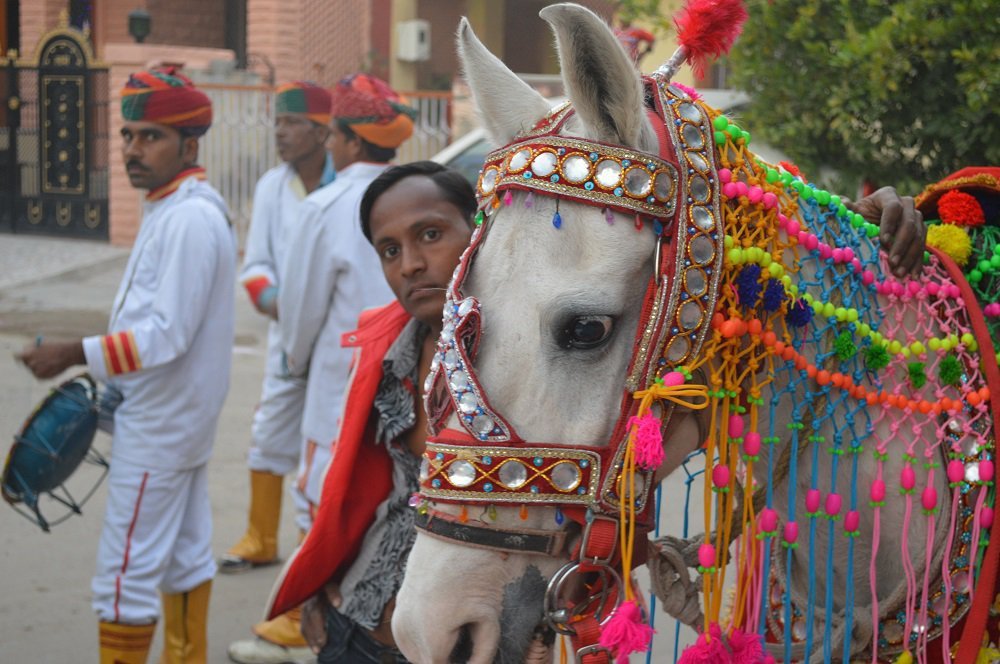
“When they are rented for marriages, they are made to walk more than 30-50 kilometres to the venue – a trek that starts early morning and lasts the whole day. By evening they have reached the baraat headquarters and stand around for several hours till the groom and his party are ready to leave. The horse is then ‘dressed’. The saddle on the horse is a heavy throne-like chair.”
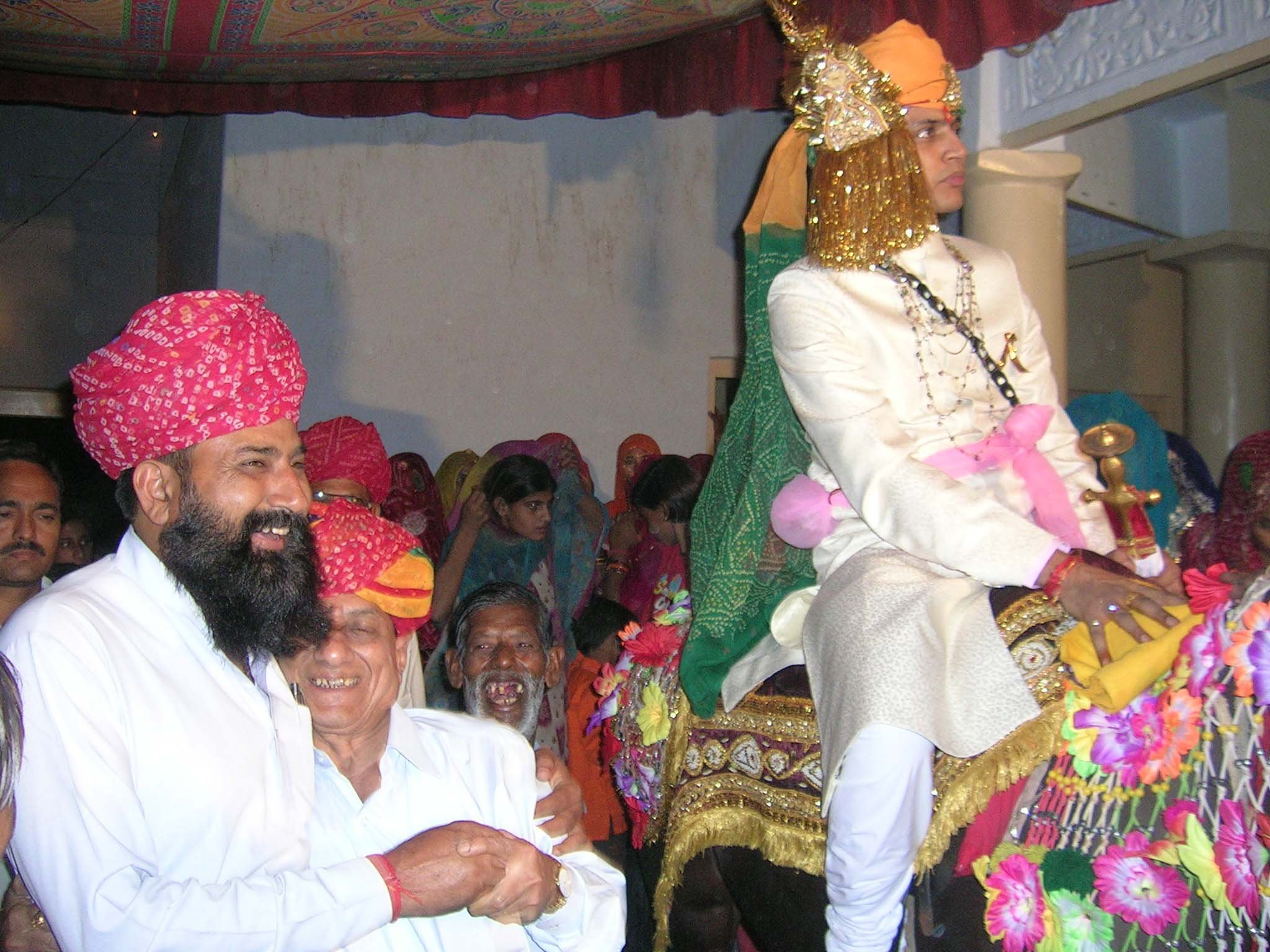
“The groom sits on it with his nephew and then the band starts at a decibel level that makes even passing humans hold their ears. The horse handler holds the horse’s bit tightly enough to prevent it from rearing up at the noise and fireworks. The iron chain fitted into its mouth destroys the teeth and makes its gums bleed. The fire-lit lanterns surrounding the horse generate heat. Various relatives and friends, dancing in front of the horse, constantly tug at the groom to shower him with small notes of money, further unbalancing him.”
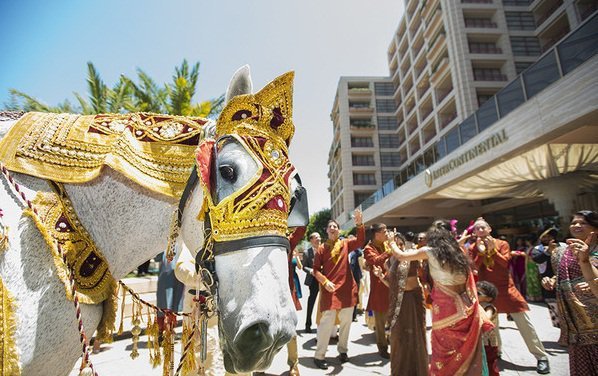
“The horse is walked for another several kilometres in a slow and an extremely noisy parade and then finally, when the groom dismounts, it is taken to another wedding.”
If the plight they go through in just one wedding is so painful it’ll make you wince, imagine the kind of pain they’re in on a daily basis.
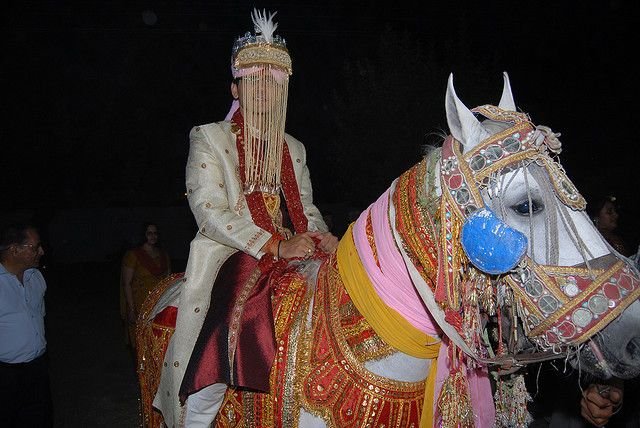
The people that rent these horses out for weddings own dozens of them and keep them in villages outside the city where they are tied in the open on the streetsides, vulnerable to the heat, rain and cold. Their dire living conditions combined with their treatment during the weddings exhaust them to a point of fatality.
As if that weren’t enough, it happens way too often that intoxicated late-night truck drivers hit them on their journey home. Some collapse and die on the spot, and some are left there to die. A few fortunate ones get taken to a hospital of whom Maneka speaks with much sadness.
“Every week my hospital admits a white horse that has been hit by a truck or has gone so lame that it cannot walk anymore. When doctors diagnose them, they find that most of them are partially deaf and blind. Most of them die of their wounds and dehydration within a few days.”
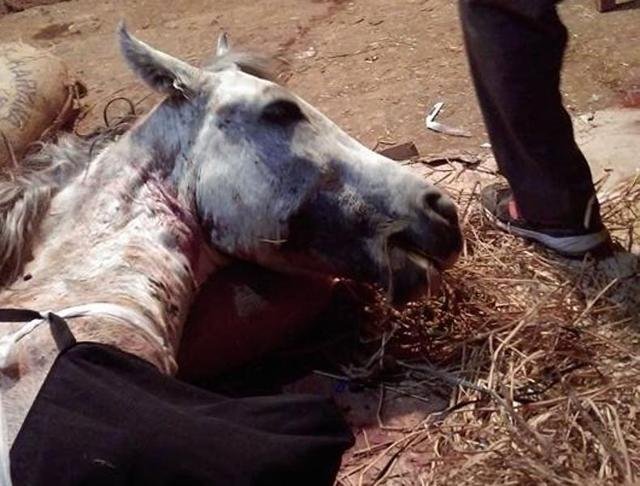
Why do we put a noble, sentient animal through this hell? How far can one justify this cruelty with ‘celebration’ and ‘tradition’?
One theory claims that because a few hundred years ago, dacoits would raid weddings on horses and kidnap the bride, the groom now coming in on the ghodi signifies him riding in confident like a daaku and claiming his woman.
Another speculated explanation is that the groom riding in on a horse suggests his intention to domesticate the wife and control her for the rest of their married life. That is why the horse rented is always a mare.
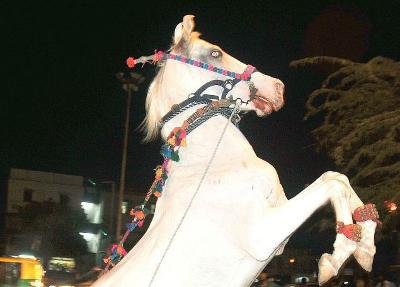
The extent to which a horse’s torture goes in the name if celebration is truly baffling.
“How inauspicious to start a marriage with a torture of a poor female animal which has to starve, and has to go through dehydration, fatigue, noise, and physical pain. The agony of the horse is clearly shown in the enlarged eyes and wild spin of its eyeballs and the ears held erect – both of which only happen when the horse is extremely distressed.”
In fact, Maneka rightly claims that soon enough animal welfare will start to interrupt the baraat procession, report the people responsible on the grounds of cruelty, and confiscate the groom’s mount.
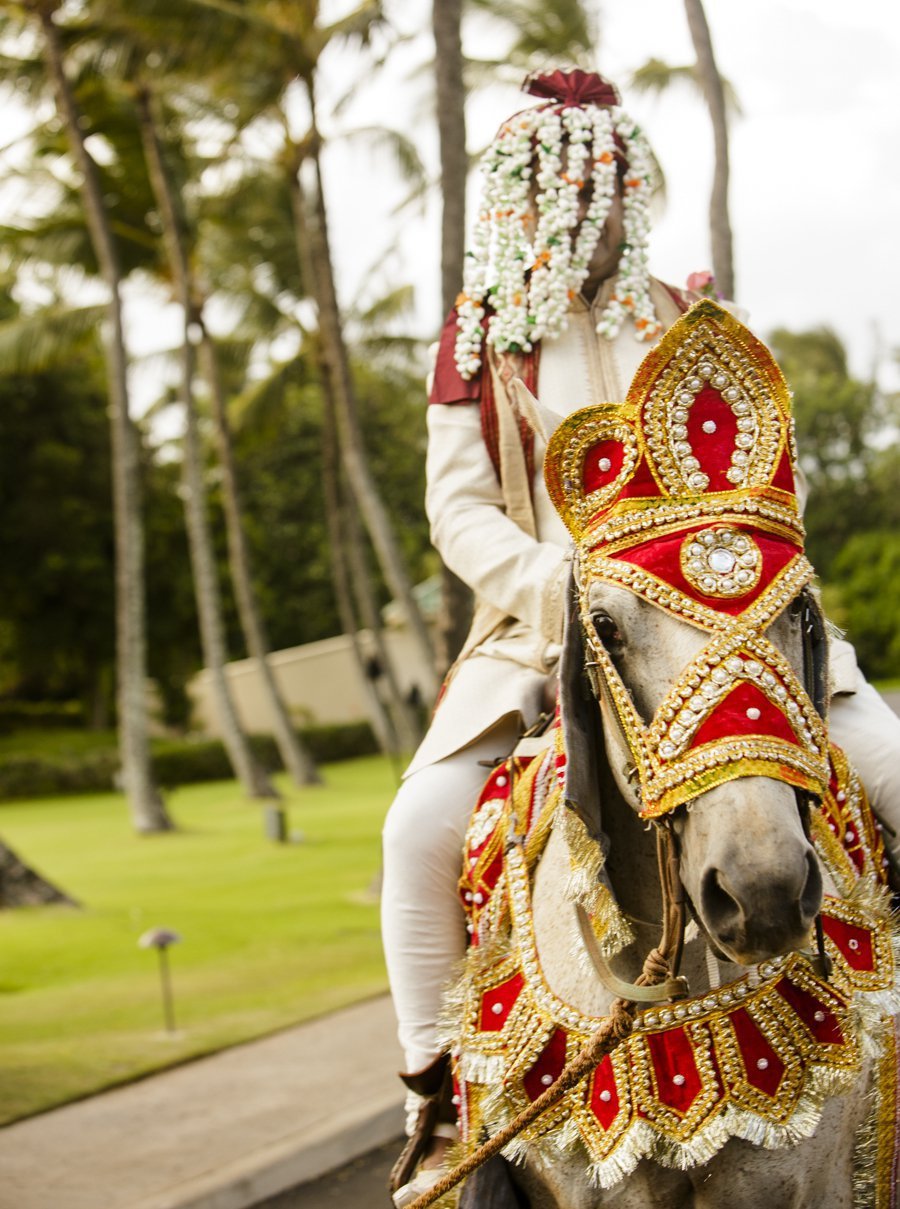
The country has stopped succumbing to blind following of so many ‘traditions’ – be it sati, or dowry – because we’ve matured as a society and recognise the gross injustice in these acts! Why can’t this custom be next?
Read the entire article here.
Feature source: Fresh Photography

















